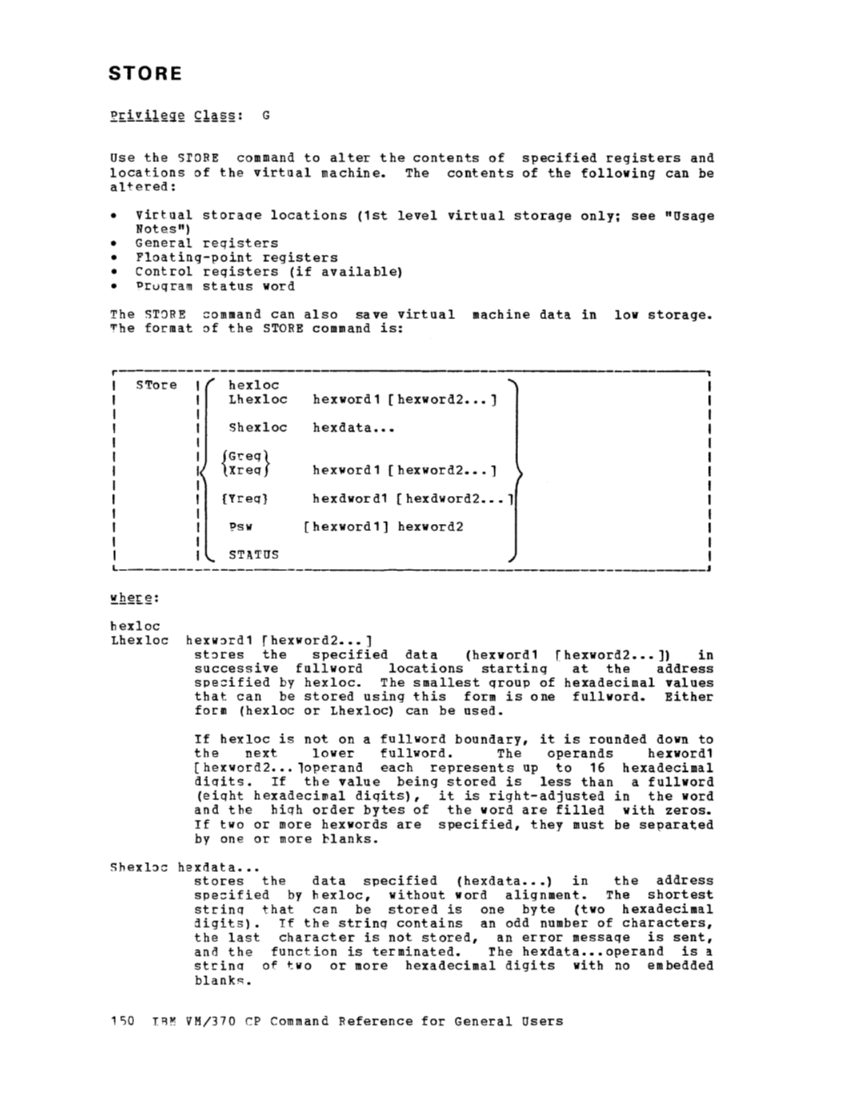arrival of
messaqe at
virtual
virtual machine or not. If you are
issue the
transmits a message informing you of accumulated spool files residing in
your
PRT'}
in a
message is not issued, even though the above conditions are met.
Section 5. Format of CP Commands 149






















































































































































































































